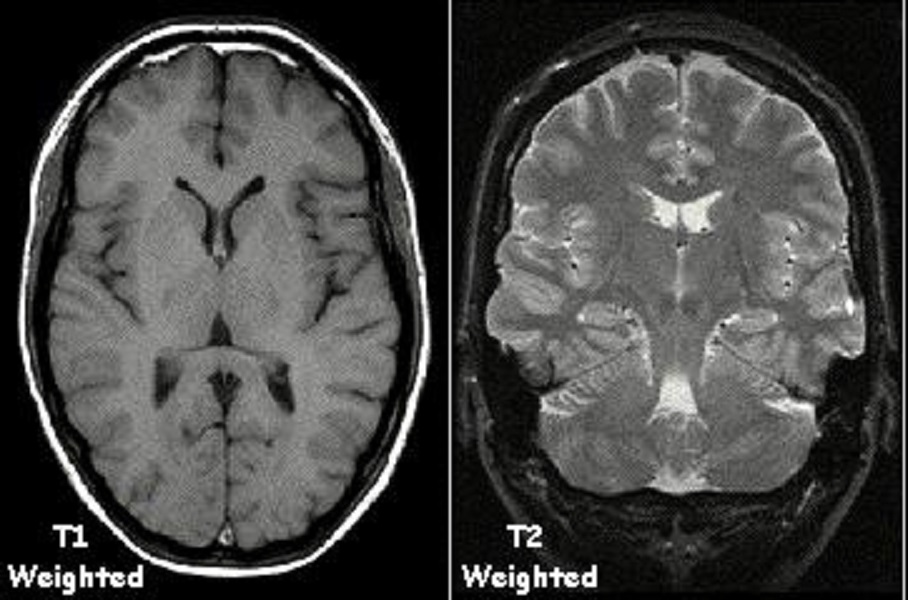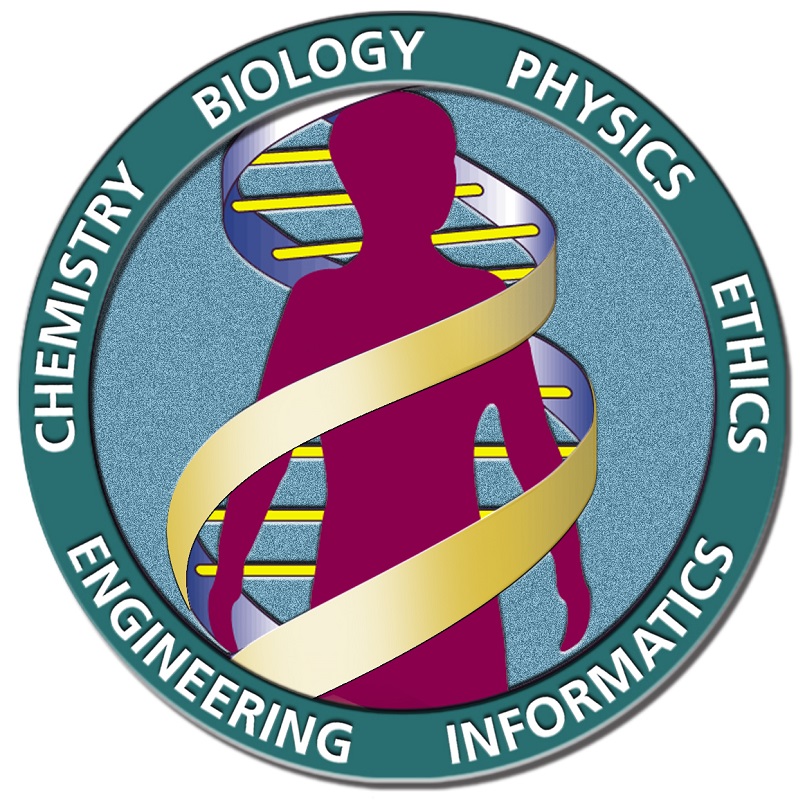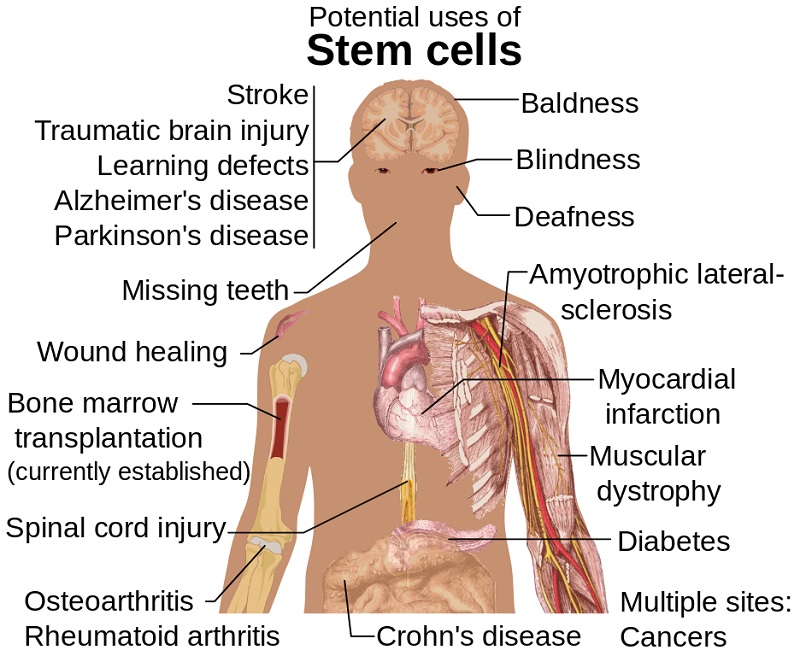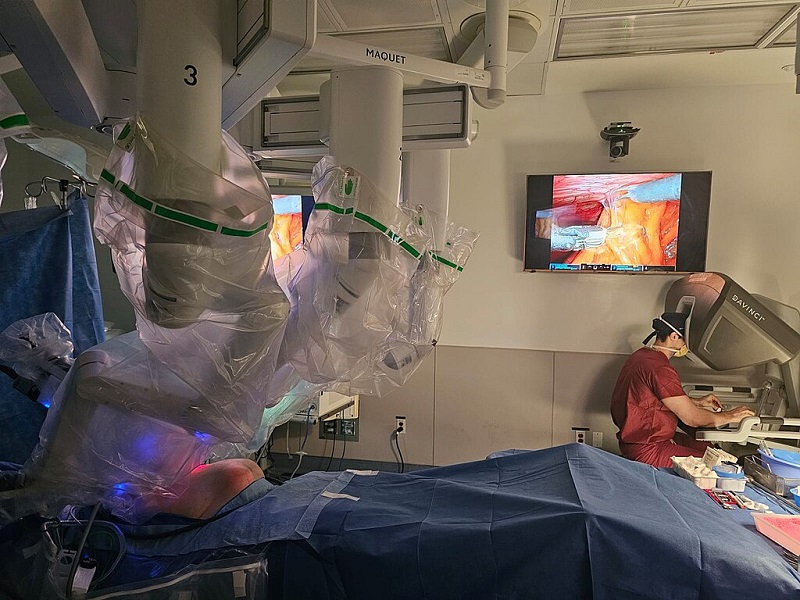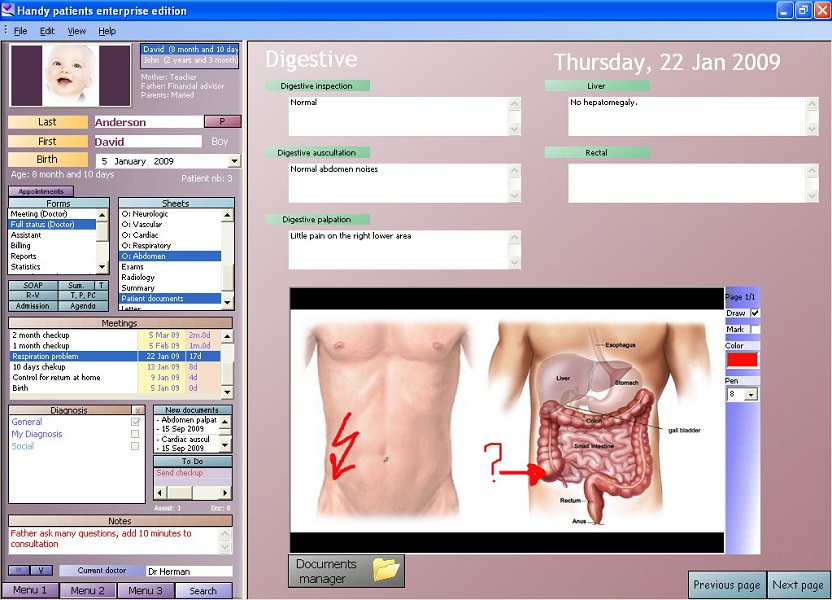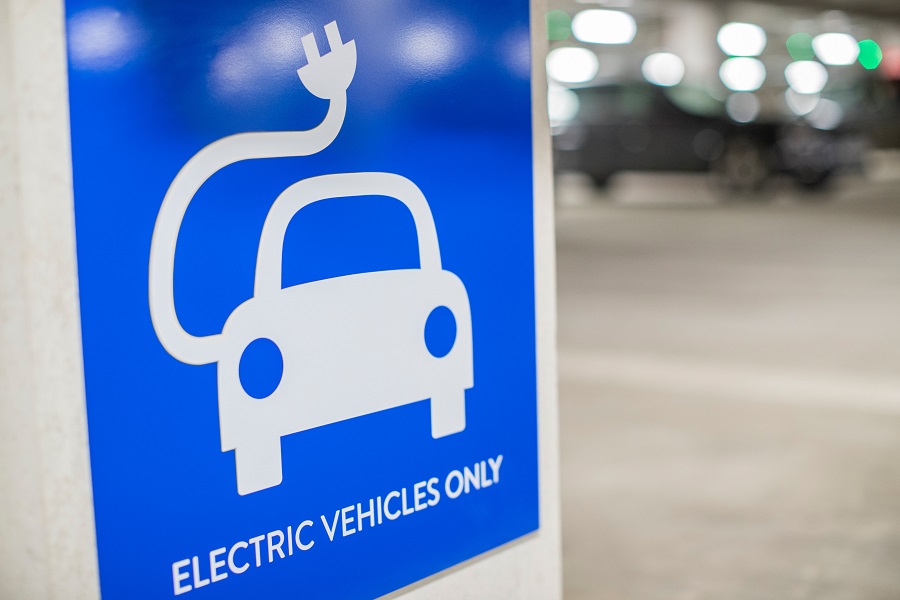
1. What Exactly Is AI?
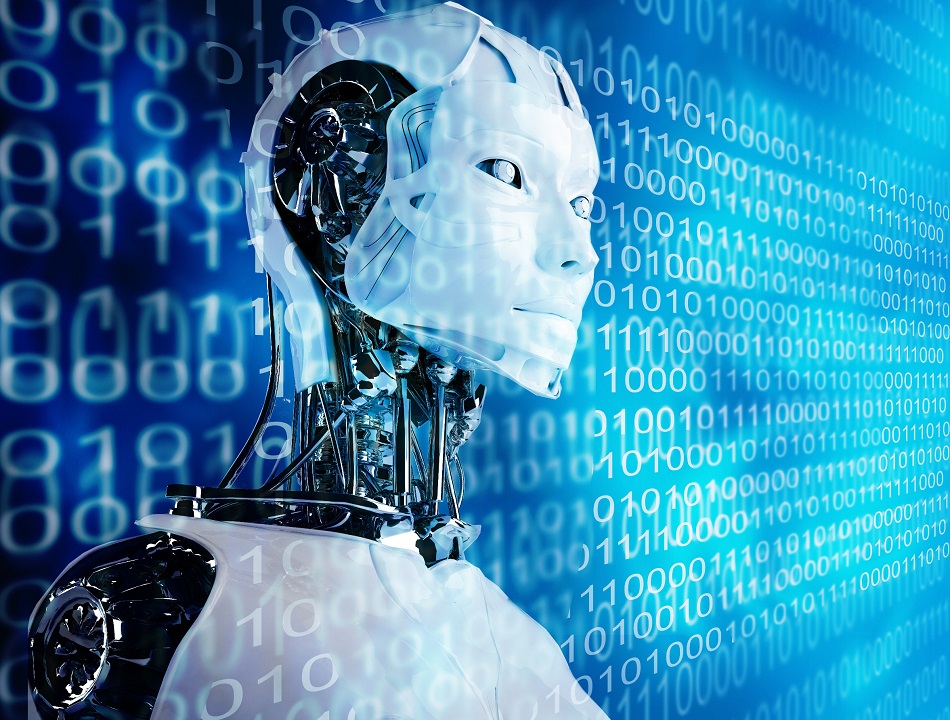
AI is broadly categorized into two types: narrow AI, which is designed to perform a narrow task (like facial recognition or internet searches), and general AI, which has the ability to understand, learn, and apply knowledge across a wide range of tasks, much like a human being.
2. How Does AI Learn?
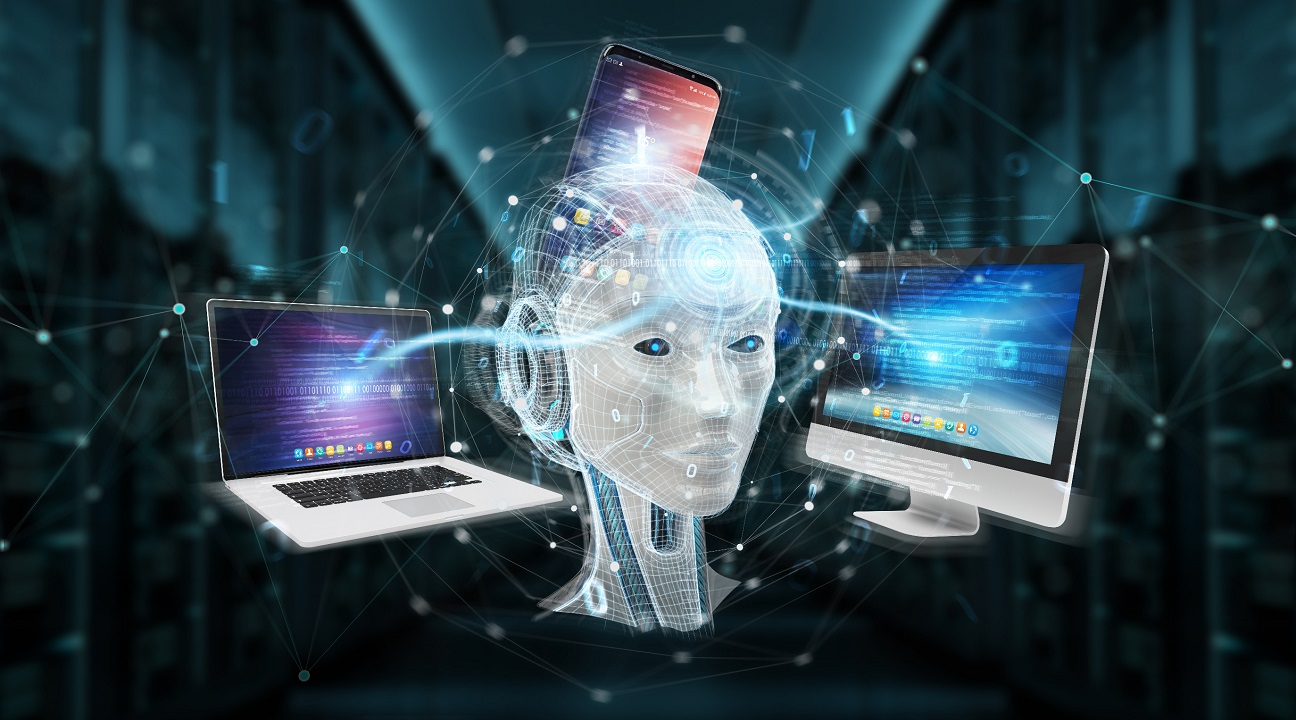
There are different types of machine learning, including supervised learning, where the AI is trained on labeled data; unsupervised learning, where the AI identifies patterns in unlabeled data; and reinforcement learning, where the AI learns by receiving rewards or penalties based on its actions.
3. What Are the Benefits of AI?
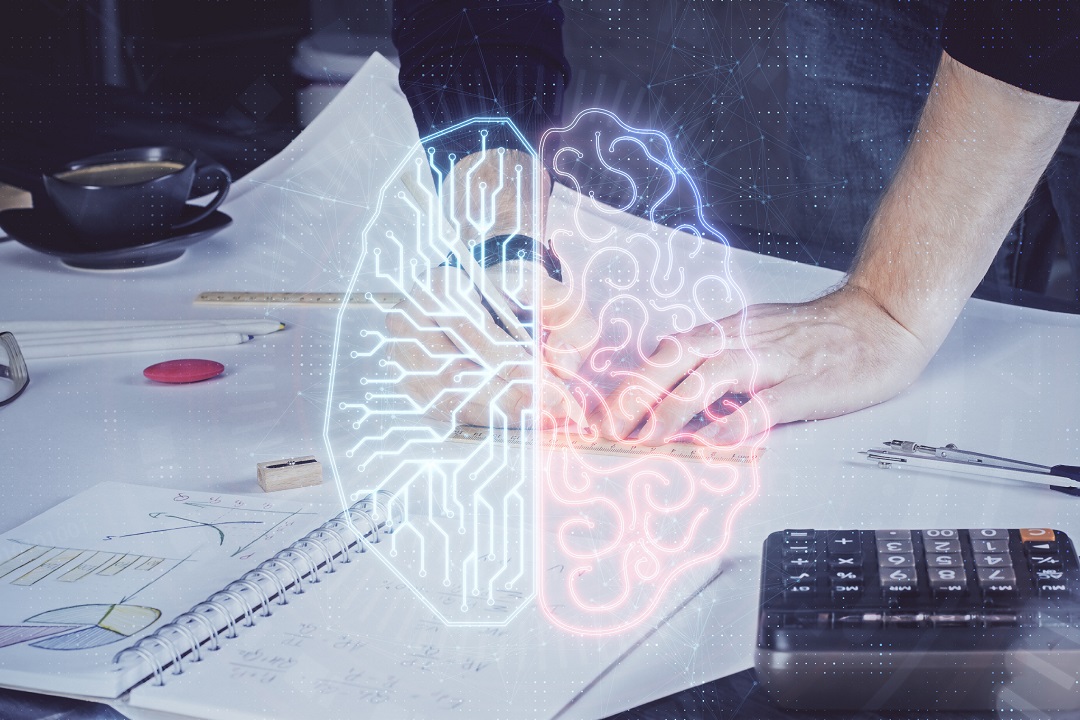
Additionally, AI enhances productivity by automating repetitive tasks, allowing humans to focus on more complex and creative work. It also improves decision-making by analyzing vast amounts of data more quickly and accurately than humans can.
4. What Are the Risks of AI?

Moreover, AI can be used maliciously, such as in the creation of deepfakes or autonomous weapons. Ensuring the ethical development and use of AI is crucial to mitigate these risks and ensure AI benefits society as a whole.
5. How Is AI Used in Everyday Life?
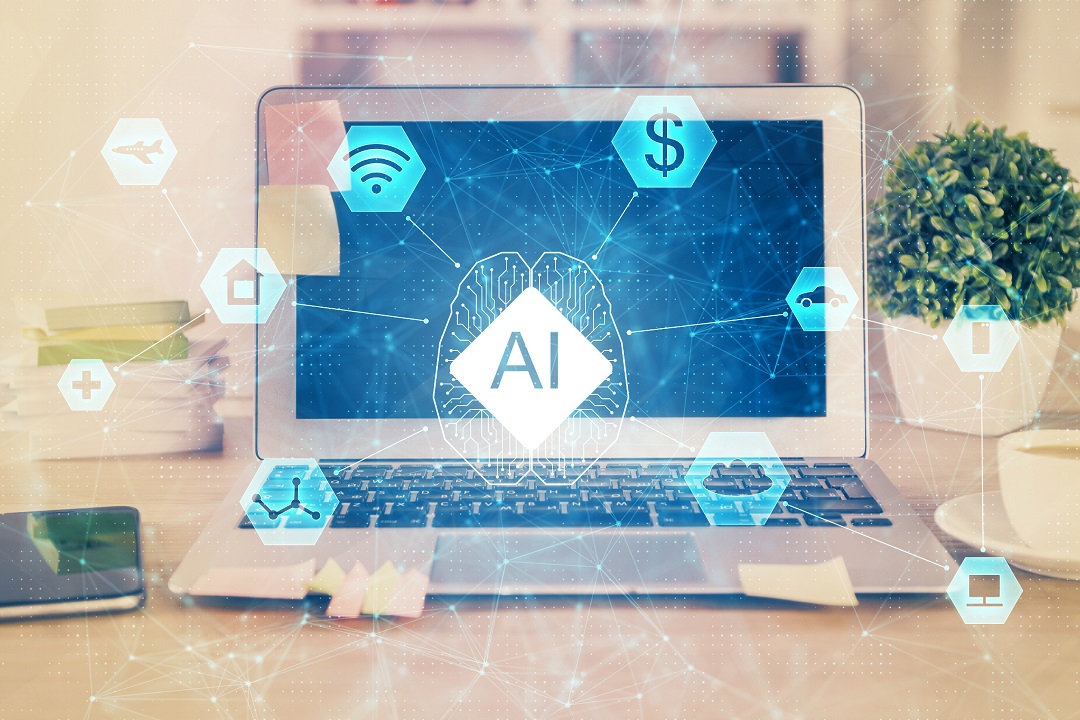
AI also powers smart home devices, facial recognition systems in smartphones, and advanced driver-assistance systems in cars. These applications make life more convenient, efficient, and personalized.
6. Can AI Think and Feel Like Humans?

Research in AI continues to advance, but creating machines that truly think and feel like humans remains a distant goal. The development of general AI, which could potentially possess human-like cognition, is still theoretical and faces significant scientific and ethical challenges.
7. How Is AI Impacting the Job Market?

The key to thriving in an AI-driven job market is adaptability and continuous learning. Workers may need to acquire new skills and embrace lifelong learning to stay competitive. Emphasizing human skills that AI cannot replicate, such as creativity, emotional intelligence, and critical thinking, will also be crucial.
8. What Are the Ethical Concerns Surrounding AI?

Bias in AI algorithms can lead to unfair treatment and discrimination, particularly if the training data reflects existing societal biases. Ensuring accountability for AI decisions is challenging, especially in complex systems where it’s difficult to trace the decision-making process. Transparency in AI development and deployment is essential to address these ethical concerns and build trust.
9. How Can AI Be Regulated?
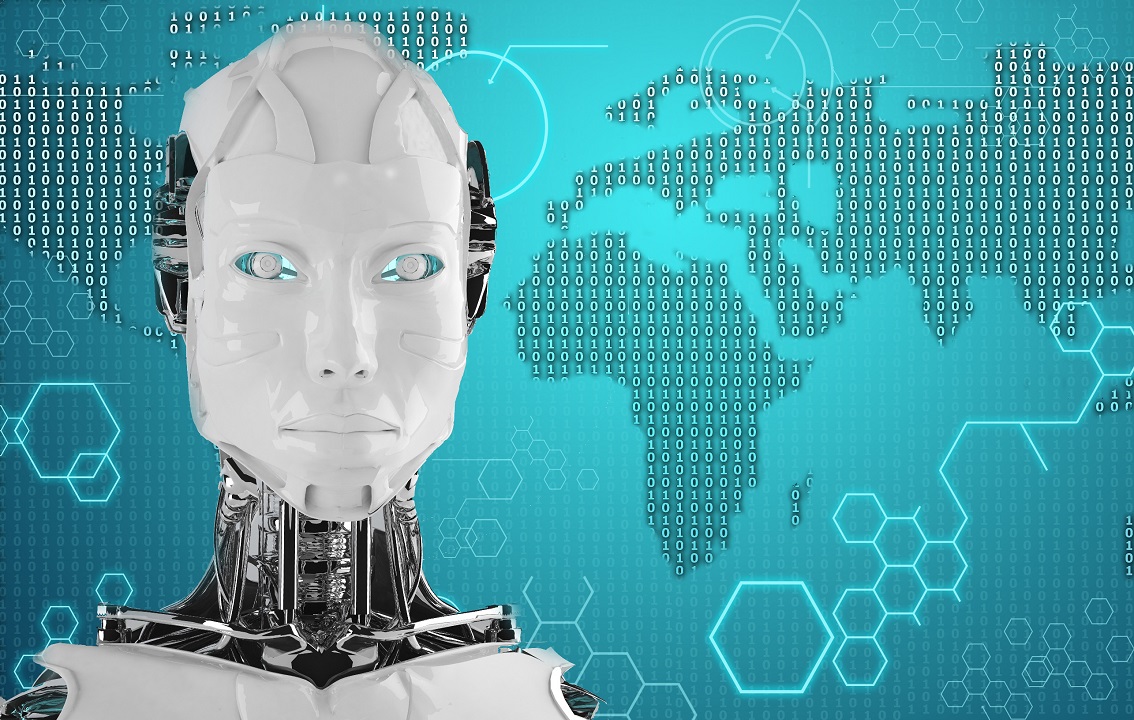
International cooperation is also crucial, as AI is a global technology that crosses borders. Creating standards and best practices can help ensure that AI benefits society while minimizing its risks. Ongoing dialogue between policymakers, technologists, and ethicists is essential to develop effective AI regulations.
10. What Is the Future of AI?

However, realizing this potential requires addressing the ethical, social, and economic implications of AI. Ensuring that AI development is guided by ethical principles and aligned with human values will be crucial to maximizing its benefits and minimizing its risks.
11. Can AI Replace Human Creativity?

Human creativity is rooted in personal experiences, cultural contexts, and emotional depth, aspects that AI cannot replicate. Rather than replacing human creativity, AI serves as a powerful tool that can augment and inspire creative endeavors, leading to new forms of artistic expression and innovation.
12. How Can We Ensure AI Benefits Everyone?

Education and awareness are also key. By fostering AI literacy, individuals will know about AI technology and its implications, enabling them to engage in informed discussions and advocate for fair practices. Collaboration between governments, industry, academia, and civil society will be essential to harness AI’s potential for the greater good.
Embracing AI with Confidence and Caution


Toi Williams began her writing career in 2003 as a copywriter and editor and has authored hundreds of articles on numerous topics for a wide variety of companies. During her professional experience in the fields of Finance, Real Estate, and Law, she has obtained a broad understanding of these industries and brings this knowledge to her work as a writer.




